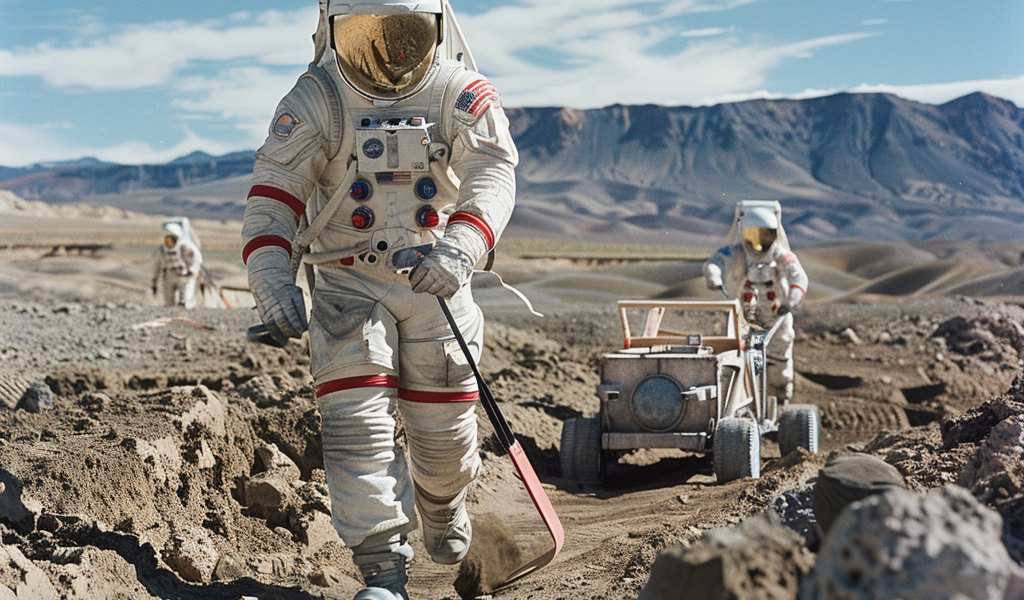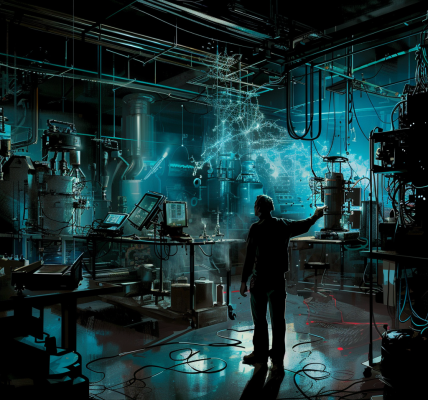NASA is making significant strides in its mission to send humans back to the moon. The last moonwalk took place over 50 years ago in 1972, and now the space agency is actively preparing for a return lunar visit. To simulate the lunar environment, astronauts are currently conducting tests in the Arizona desert, wearing replica spacesuits and pushing tool carts through the sand.
The ultimate objective of these tests is to lay the groundwork for establishing a Moon base and to accelerate the process of eventually sending humans to Mars. NASA’s Artemis missions are at the forefront of this endeavor, aiming to create a human presence on the Moon with the assistance of Space X’s Starship.
Key preparations are already in progress, with plans for constructing a Moon base and even a railway station on the lunar surface. Once operational, the Moon base will serve as a hub for scientific exploration, focusing on lunar geology and space resources research. Notably, the Moon harbors resources like water ice that could potentially sustain life or serve as fuel.
In addition to scientific endeavors, the Moon base will also foster international collaboration, allowing various countries and space agencies to work together towards common objectives, akin to the International Space Station (ISS). Furthermore, the Artemis missions are pivotal in preparing for human habitation on Mars.
To equip astronauts for the challenges ahead, NASA is currently conducting moonwalk simulations in Arizona. These exercises involve tasks such as building the lunar base, setting up equipment, and collecting samples. The chosen desert location mirrors lunar features, including craters and volcanic terrain, providing a realistic testing ground.
Astronauts are honing their skills by donning replica spacesuits, utilizing augmented reality technology, and practicing with light beacons to navigate the moon’s South Pole region. These field tests are crucial in evaluating the systems, hardware, and technology required for successful lunar missions.





